If you’re asking “am I ready for a cat”, you’ve come to the right place.
There are a few very serious things to consider before you adopt a cat.
Many animals are surrendered and euthanized simply because pet parents don’t have the right expectations, and they aren’t prepared before they adopt a cat.
You need time, money, patience, and responsibility to keep a cat in your home.
Here’s your guide to adopting a cat:
- What to know before adopting a cat
- Questions to ask yourself before adopting a cat
- How many of us have pets?
- How many pets end up in shelters?
- Why are pets surrendered to shelters?
- How many pets are euthanized yearly?
- Which states have the most no-kill shelters?
This is a long and informative guide that will show you if you’re ready to adopt a cat.
Do not skim through this advice lightly.
Please read through the entire article if you are serious about adopting a cat.
The statistics below prove my points in the following sections. These are all very important things to consider.
Grab my Cat Adoption eBook to help prepare for your new cat (no email opt-in required)!
Check it out today or save THIS PIN for later to your Cat Adoption board on Pinterest.

Disclaimer: I earn a commission if you make a purchase through affiliate links below. No additional cost to you.
What to know before adopting a cat
Adopting cats does save lives. But only if those cats find forever homes.
Unfortunately, some people want cats just so that they can say they have a cat.
Or they get a cat for vanity reasons.
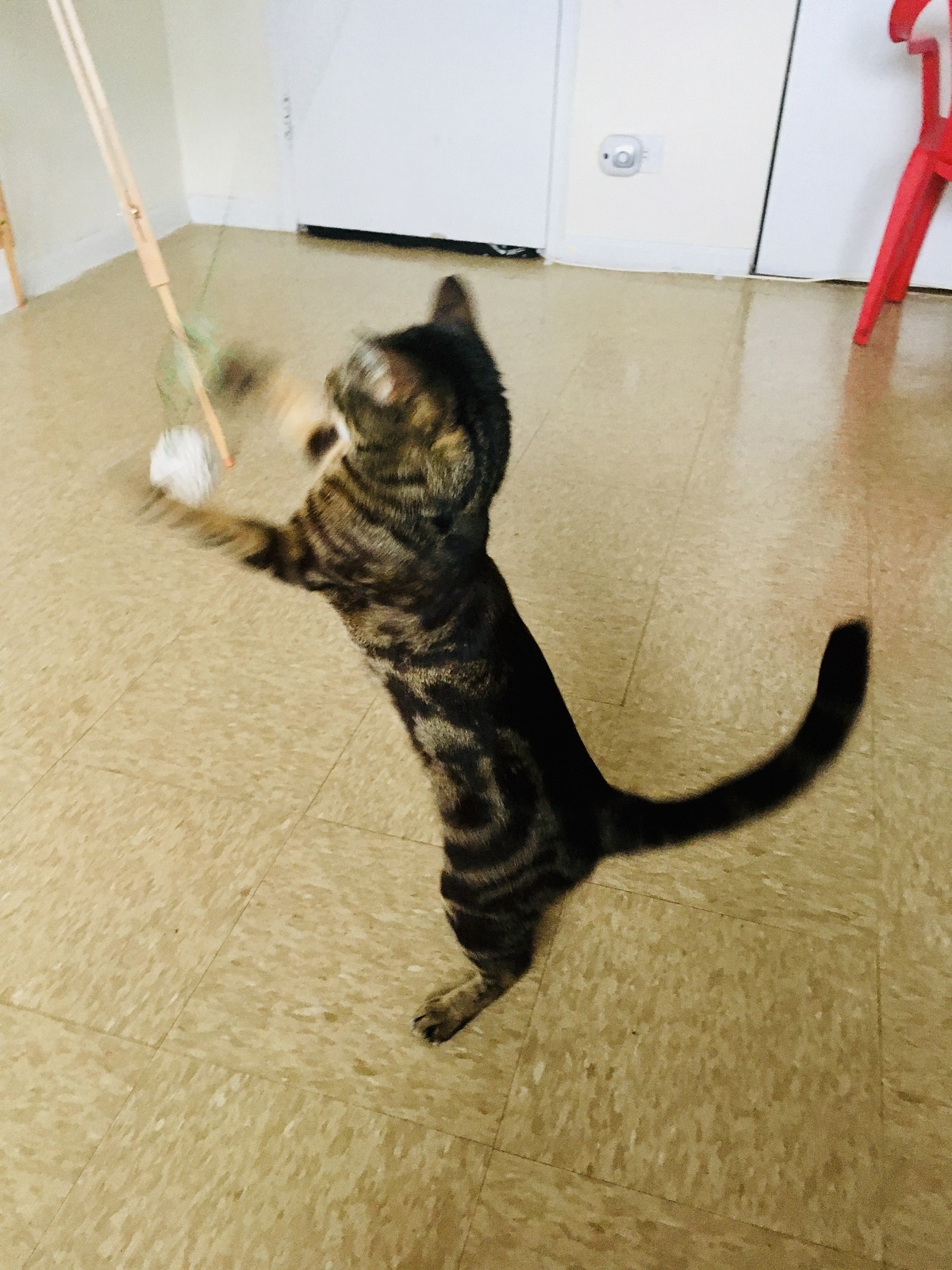
Animals are cute, but this shouldn’t be the reason you bring them into your home.
Some people assume cats are easier to care for than dogs. Cats don’t need to go outside for potty breaks.
However, all pets take work, patience, responsibility, time, and physical space.
Some pets run into serious health issues that can be costly.
All animals deserve respect and loving homes just like humans do.
Quick key facts you need to know before adopting a cat:
- Cats require at least 30 minutes of total daily exercise and play.
- Proper food and cat supplies are necessary to decrease the chance of behavioral and health issues.
- Cats thrive on routine and see your home as their territory.
- Daily litter box maintenance is a must. No exceptions.
- Cats prefer human interaction to other stimuli so quality time with your cat is essential.
- Cats do not like to be picked up. I’ve had over 400 cats in my life. Only one actually wanted to be picked up.
It’s your responsibility as a cat parent to feed the best quality food possible, give lots of exercise and attention, and provide a clean living space.
Your home is your cat’s home too.
Questions to ask before adopting a cat
Remember, you are responsible for your cat’s quality of life.
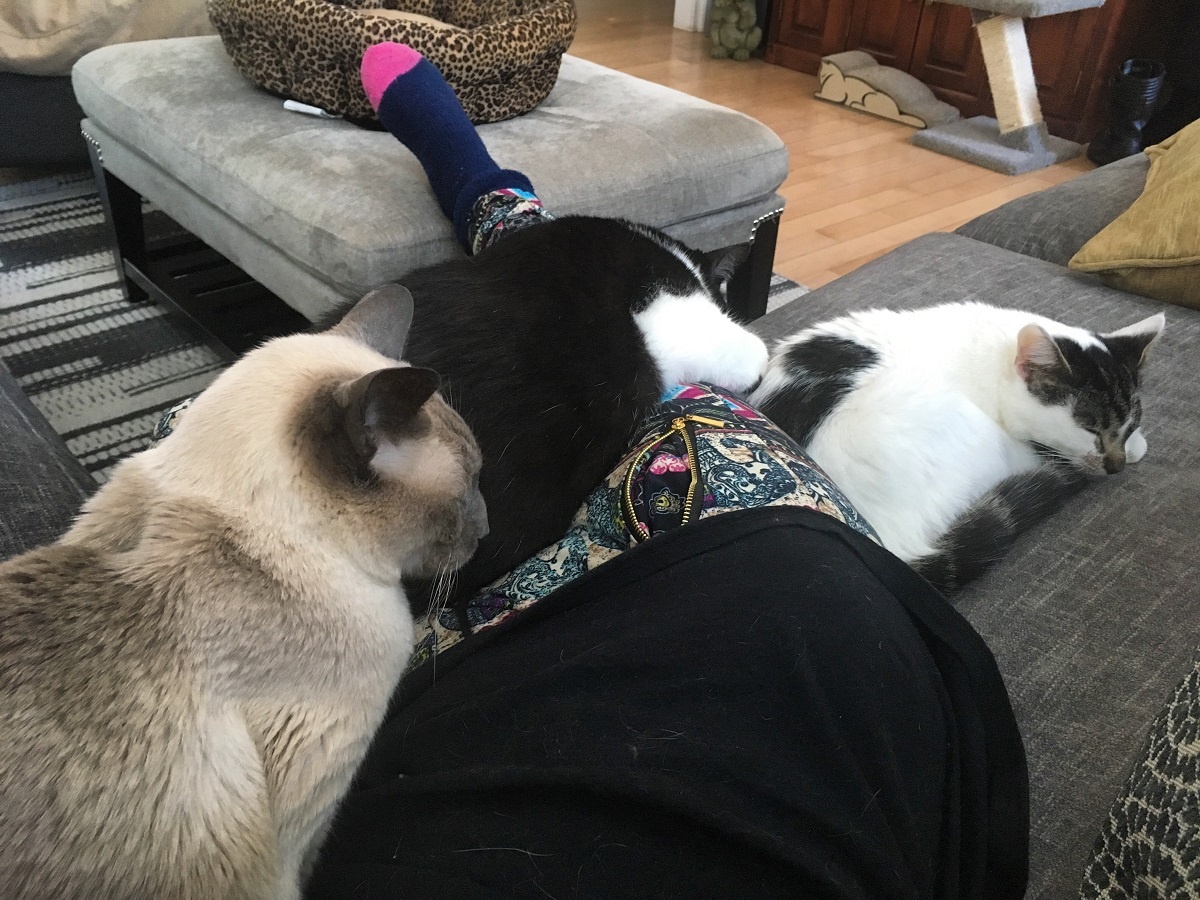
Here are a few questions that you need to ask yourself to decide if you’re ready for a cat.
Does your home allow pets?
First, you need to know if your home even allows pets.
Some landlords have a strict no pets policy. Find this out before you adopt a cat.
Don’t just assume that all will be well.
You will have the choice to move out or get rid of your cat. Or you could get evicted.
It’s not easy to find a new home for your family. And it won’t be easy to rehome your cat.
Think about your family and the cat’s well-being.
You’re not ready for a cat if your home does not allow pets.
Instead, spend your free time volunteering at your local animal shelter.

Do all of your family members/household want a cat?
Pets should be and deserve to be considered family members. Raising a cat takes a joint effort.
You cannot be home and responsible for your cat 24/7. So everyone in your household needs to be on board.
Sometimes cats cause relationship problems. Some people are afraid of cats.
You should not adopt a cat if anyone in your household is against having a cat.
Are any of your family members/household allergic to cats?
Check to see if anyone in your household is allergic to cats before you adopt a cat.
Do not leave this up to chance.
Allergies account for 24% of the reasons that pets are rehomed.
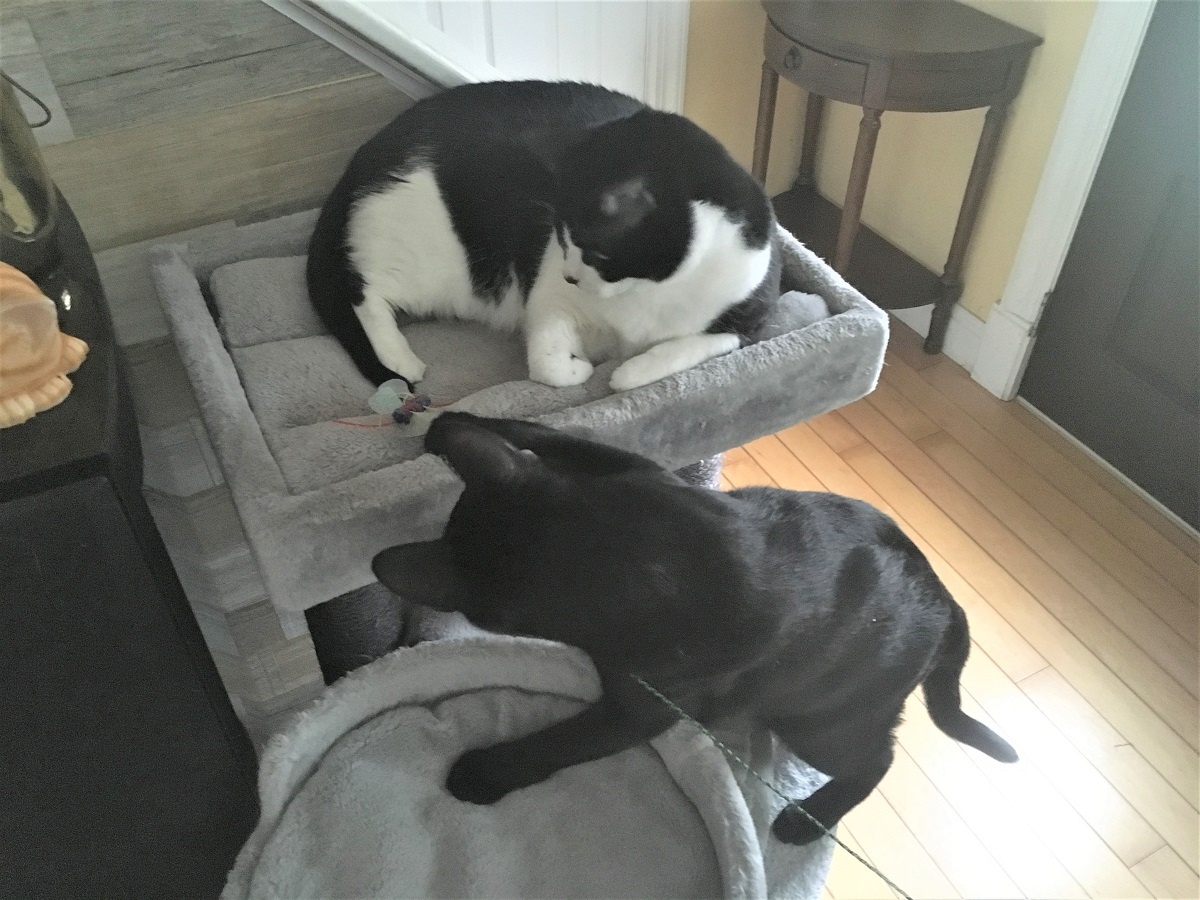
How much time per day can you dedicate to your cat?
Most people assume cats don’t require a lot of work.
Cats may not require as much as dogs. But cats still require attention, maintenance, exercise, and affection. Every day.
Cats prefer human interaction to other stimuli.
Make sure you have plenty of free time to spend with your cat.
Cats nap often. But they still require at least 30 minutes of total exercise daily.
That means multiple play sessions a day that total at least 30 minutes.
Daily exercise helps maintain a healthy weight. And it can prevent boredom, stress, and behavior issues.
Over half the cats in the US are overweight or have obesity (2021 data).
Obesity can lead to very serious health issues such as diabetes, high blood pressure, and shortened lives.
These serious health issues cost lots of money, daily medications (time), stress, and potential heartbreak.
You also need a few minutes a day and at least five minutes per week to maintain the litter box.
Cats are clean creatures. Keeping the litter box clean daily is crucial for optimal health and well-being.
How much money per month can you allocate to your cat?
I spend about $75 per month on cat food and litter for one cat.
You’ll also need:
- Beds ($40)
- Cat furniture ($50-200)
- Scratching posts ($30-100)
- Toys ($5-20)
- Additional food and litter box supplies ($60-100)
- Yearly vet wellness exams ($100+)
- Emergency funds ($2k+)
Keep an emergency fund just in case.
Cat dental health is important as well. Dental diseases are very common. Even in healthy cats.
A teeth cleaning can cost up to $1,500. Or you can prevent this issue with a proper raw diet.
You’re not ready for a cat if this sounds like too much for you.
Eco-friendly, natural cat supplies
My cat eats a raw diet. This is the most natural, high-quality, and species-appropriate food.
Balanced homemade cat food is best because you control the ingredients and how it’s made.
Kibble is bad for cats, and wet canned food is not much better.
Cats cannot live a healthy, thriving life on dry food only.
Kibble and canned foods are like fast food.
Imagine eating fast food multiple times a day, every day. You’d feel like crap, and your health would decline severely.
You might be thinking, “It doesn’t matter, I’ll deal with it later.”
Trust me. I’ve said goodbye to seven cats and seven dogs over the years due to diet-related health issues.
One of my cats was put down at the young age of 3.5 due to kidney failure.
It all comes down to the food and supplies that we use.
Spend more money now on good quality cat food.
Or spend more money later down the road on vet bills, testing, medication, stress, and potential heartbreak.
How much space in your home can you dedicate to cat stuff?
Cats see your home as their territory.
You’ll need cat trees, scratching posts, beds, and other cat supplies to make him feel at home.
Dressing your home in cat stuff decreases the chance of your cat developing behavioral issues.
You’ll also need space to play with your cat for exercise and mental stimulation.
It’s easy to entertain your cat in an apartment. But you actually have to dedicate some of your space to your cat.
Are you bringing home a kitten?
Well, you need to litter box train. You also need to train acceptable behaviors. And start your kitten off with a proper diet from the start.
Baby animals take a lot of work. And most people don’t understand or aren’t prepared for these responsibilities.
Kittens need to eat many times a day, and they can be destructive.
They have a lot of energy. Kittens run around and jump all over everything.
Are you adopting an adult cat?
Sometimes adult pets come with a sad background and history.
Cats can take days or weeks to warm up to you and adjust to a new living space.
You need a lot of patience and understanding.
Most adult cats have already developed their personality and behavior. They are much more socialized as well since they’ve probably been at the shelter for a long time.
Adopting an adult cat is typically the best choice for new pet parents.
How many of us have pets?
84.6 million (68%) of people in the US have pets in their households (Animal Sheltering and the 2017-2018 APPA Survey).

The estimated number of pet dogs and cats is 183.9 million because 61% of us have more than one pet.
80% of us consider pets to be family members. And 17% of us consider pets to be pets or companions.
Where do our cats come from?
- 47% of cats are adopted from a shelter or rescue
- 32% of cats are taken in as strays (one of those is my cat, Jericho!)
- 26% of cats are acquired from friends or relatives
- 1% of cats are purchased from a pet store
- 4% of cats are purchased from a breeder
How many pets end up in shelters?
There were 2,230 locations of animal shelters that reported a full year of data in 2018.
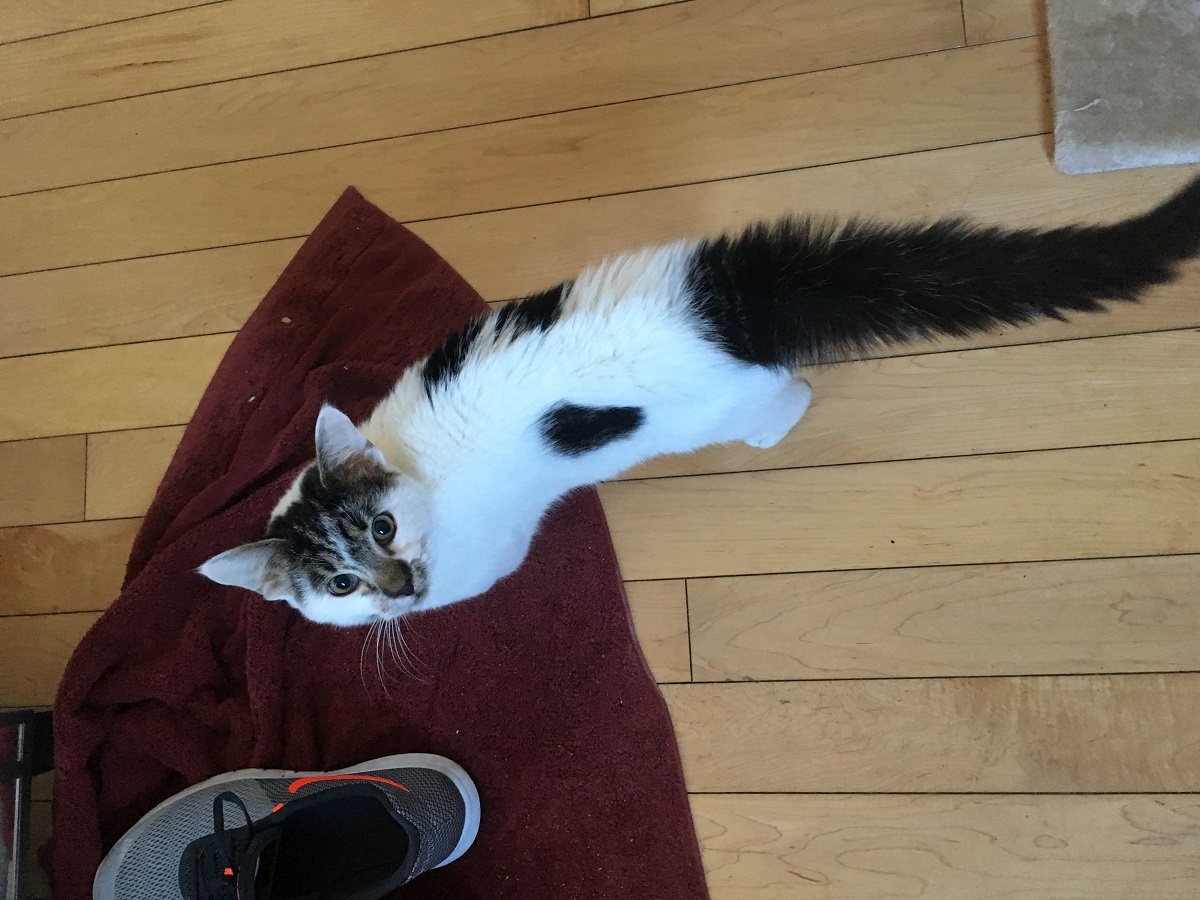
Most organizations (92.5%) reported less than 2,000 intakes of animals per year.
California accounts for 13.5% of all intakes.
Cat intakes account for 47.5% of all intakes while dog intakes account for 52.5%.
Dogs seem to have a steady intake throughout the year. But cats are taken in at higher rates during the months of May-October.
Summary of 2018 intake data:
- There were 3,328,789 total intakes reported
- Strays account for 1,670,764 (50%)
- Relinquished pets account for 805,664 (24%)
- Animals transferred in are 544,284 (17%)
- There are 80,721 pets whose owners intended euthanasia (2%)
- 227,356 animals fit into the category “other” (7%)
Why are pets surrendered to shelters?
There are many different reasons pets are surrendered (Open Journal of Animal Sciences, 2015).

Reasons pets are surrendered fit into five categories:
- Pet-related: problematic behaviors, aggressive behaviors, grew larger than expected, health problems the owner couldn’t handle (46%).
- Family-related: personal or family health troubles, allergies to the pet, divorce or separation, a new person in the household who did not like the pet, death in the family, a new baby in the household, lack of time to care for the pet (27%).
- Housing-related: the landlord did not allow pets, the owners didn’t have enough space for the pet (18%).
- Resource-related: the owner could not afford the costs involved in having a pet.
- Other
Pet-related reasons that are common:
- Aggression (35%)
- Destruction (29%)
- Health problems (26%)
Family reasons that are common:
- Family health troubles (44%)
- Allergies (24%)
House-related reasons that are common:
- Landlord (43%)
- Not enough space (39%)
How many pets are euthanized yearly?
Ironically, a few states that have the highest number of no-kill shelters also have the highest number of euthanized animals.
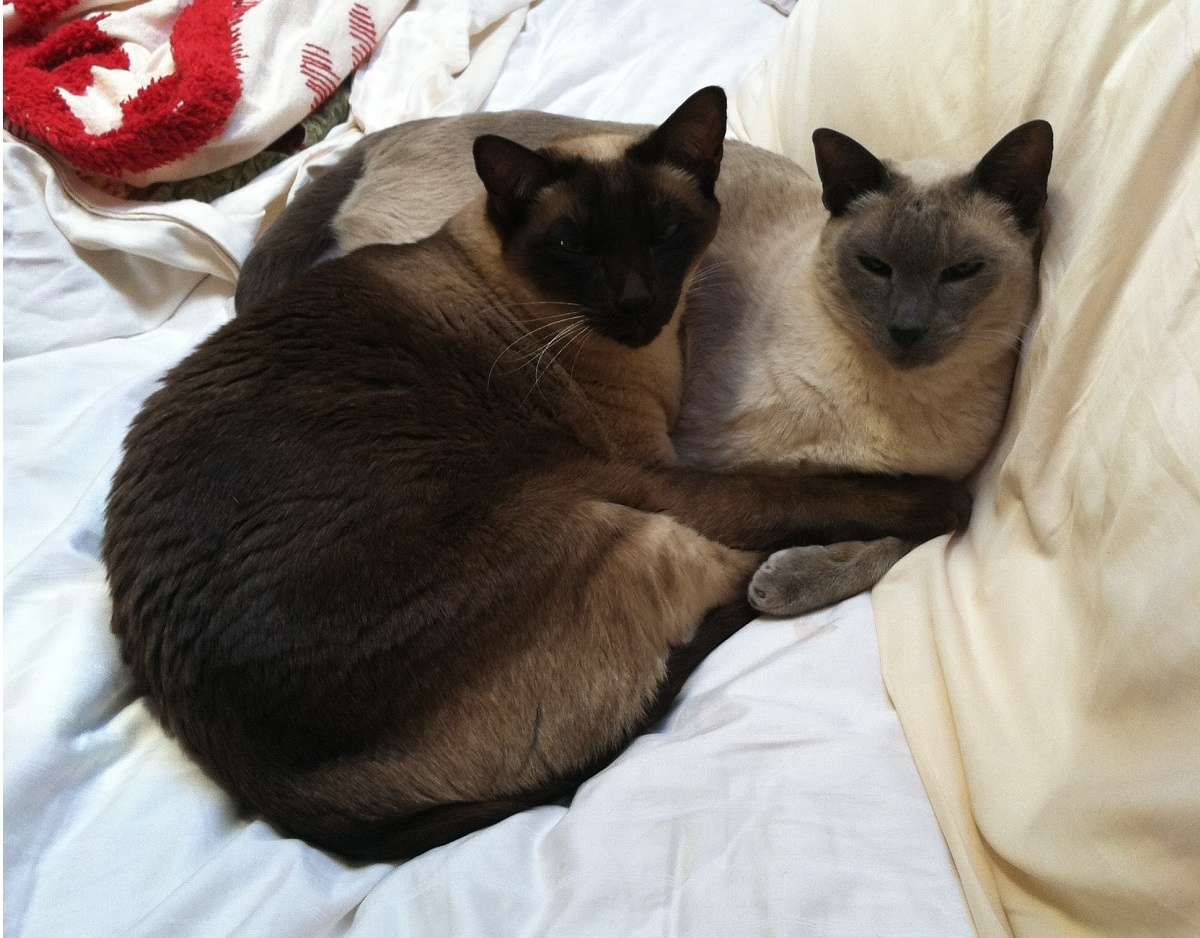
The approximate number of animals euthanized in a recent year (Best Friends, 2019):
- Texas: 125,000
- California: 110,000
- Florida: 66,000
- North Carolina: 62,000
- Georgia: 43,000
Euthanasia rates by species and age:
- The percentage of dogs euthanized is 8.4%
- 3% of which are puppies, 14.9% are unknown ages, and 8.7% are adults
- The percentage of cats euthanized is 13.8%
- 10.3% of which are kittens, 28.7% are unknown ages, and 13% are adults
Which states have the most no-kill shelters?
The best place to adopt your cat is from a no-kill shelter or animal rescue group.
No-kill organizations strive to save and rehome every animal that they take in.
Rather than euthanizing “unadoptable” animals.
I was interested to see if there is a correlation between the amount of no-kill shelters, the human population, and the percentage of people in each state that are pet owners.
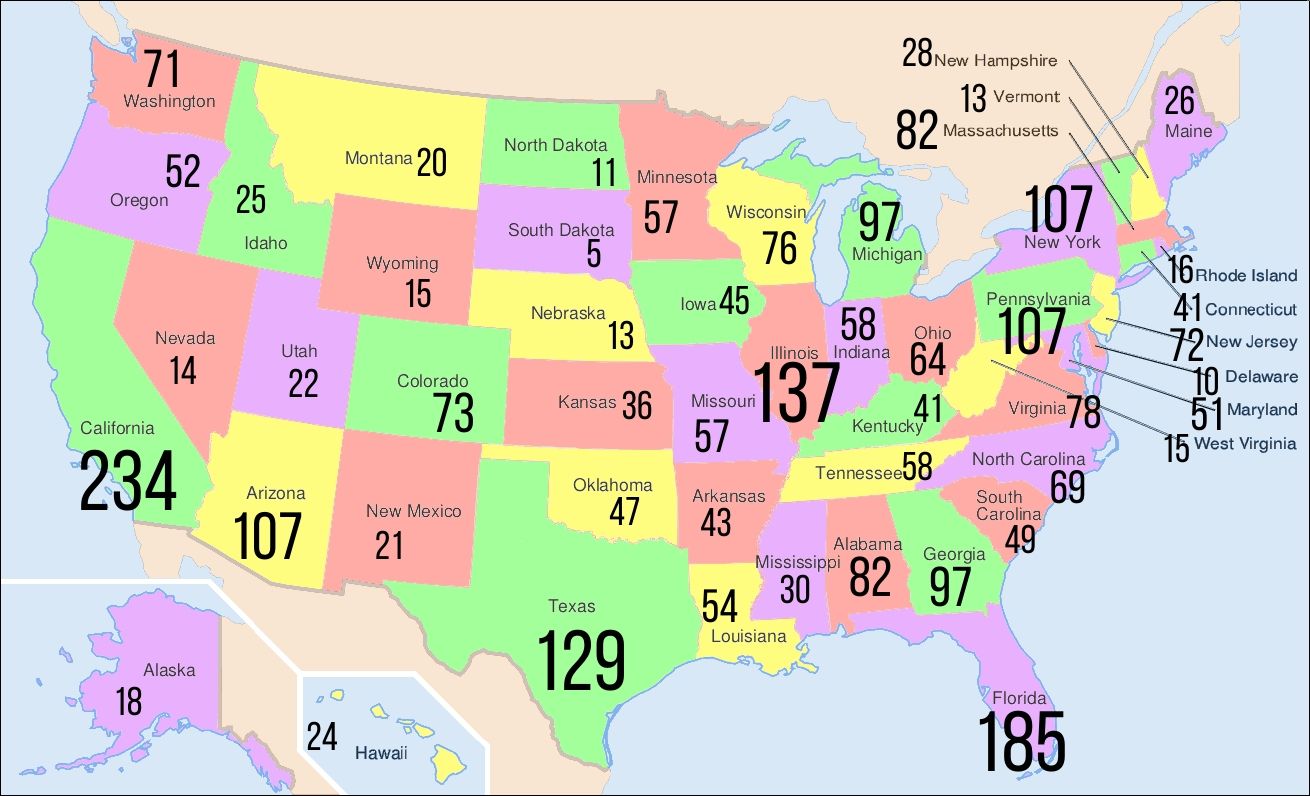
The map above has been remixed by me
What is the human population of each state? How many of them have pets?
Unfortunately, I could only find data for the highest 10 and lowest 10 states that own pets.
- Alabama – 82 no-kill shelters, human population of 4.9 million
- Alaska – 18 no-kill shelters, human population of 734k
- Arizona – 107 no-kill shelters, human population of 7.4 million
- Arkansas – 43 no-kill shelters, human population of 3.3 million, 69% of which own pets
- California – 234 no-kill shelters, human population of 40 million
- Colorado – 73 no-kill shelters, human population of 5.8 million, 65% own pets
- Connecticut – 41 no-kill shelters, human population of 3.6 million, 50% own pets
- Delaware – 10 no-kill shelters, human population of 982k
- Florida – 185 no-kill shelters, human population of 21.2 million
- Georgia – 97 no-kill shelters, human population of 10.7 million, 51% own pets
- Hawaii – 24 no-kill shelters, human population of 1.4 million
- Idaho – 25 no-kill shelters, human population of 1.8 million, 70% own pets
- Illinois – 137 no-kill shelters, human population of 12.7 million, 49% own pets
- Indiana – 58 no-kill shelters, human population of 6.7 million, 69% own pets
- Iowa – 45 no-kill shelters, human population of 3.2 million
- Kansas – 36 no-kill shelters, human population of 2.9 million
- Kentucky – 41 no-kill shelters, human population of 4.5 million
- Louisiana – 54 no-kill shelters, human population of 4.6 million
- Maine – 26 no-kill shelters, human population of 1.3 million
- Maryland – 51 no-kill shelters, human population of 6 million, 49% own pets
- Massachusettes – 82 no-kill shelters, human population of 7 million, 49% own pets
- Michigan – 97 no-kill shelters, human population of 10 million
- Minnesota – 57 no-kill shelters, human population of 5.7 million
- Mississippi – 30 no-kill shelters, human population of 3 million, 65% own pets
- Missouri – 57 no-kill shelters, human population of 6.1 million
- Montana – 20 no-kill shelters, human population of 1.1 million
- Nebraska – 13 no-kill shelters, human population of 2 million, 70% own pets
- Nevada – 14 no-kill shelters, human population of 3.1 million
- New Hampshire – 28 no-kill shelters, human population of 1.4 million, 52% own pets
- New Jersey – 72 no-kill shelters, human population of 9 million, 47% own pets
- New Mexico – 21 no-kill shelters, human population of 2.1 million
- New York – 107 no-kill shelters, human population of 19.4 million, 50% own pets
- North Carolina – 69 no-kill shelters, human population of 10.6 million
- North Dakota – 11 no-kill shelters, human population of 761k
- Ohio – 64 no-kill shelters, human population of 11.7 million
- Oklahoma – 47 no-kill shelters, human population of 4 million, 65% own pets
- Oregon – 52 no-kill shelters, human population of 4.3 million
- Pennsylvania – 107 no-kill shelters, human population of 12.8 million
- Puerto Rico – 3 no-kill shelters, human population of 3 million
- Rhode Island – 16 no-kill shelters, human population of 1.1 million, 45% own pets
- South Carolina – 49 no-kill shelters, human population of 5.2 million
- South Dakota – 5 no-kill shelters, human population of 903k, 46% own pets
- Tennessee – 58 no-kill shelters, human population of 6.9 million
- Texas – 129 no-kill shelters, human population of 29.5 million
- Utah – 22 no-kill shelters, 3.3 human population of million
- Vermont – 13 no-kill shelters, human population of 628k, 70% own pets
- Virginia – 78 no-kill shelters, human population of 8.6 million
- Washington – 71 no-kill shelters, human population of 7.9 million
- Washington, DC – 4 no-kill shelters, human population of 720k
- West Virginia – 15 no-kill shelters, human population of 1.8 million, 71% own pets
- Wisconsin – 76 no-kill shelters, human population of 5.9 million
- Wyoming – 15 no-kill shelters, human population of 567k, 72% own pets
Are you ready to adopt a cat?
I know this might seem overwhelming but think about it this way.
If you were planning to have a human child…
Wouldn’t you research and prepare first?

Pets are more like babies than people realize.
Cats are curious creatures. They are essentially toddlers forever.
You have to make sure you cat-proof your house, understand their needs, and provide the best quality products you can afford.
You are responsible for your cat’s health, happiness, and well-being.
Make sure your home allows pets and that each family member is on board.
Cats require exercise and cat-friendly supplies to prevent behavioral issues.
My life and my website are both dedicated to healthy living for you and your cats.
Grab my Cat Adoption eBook to help prepare for your new fur baby (pdf, no email opt-in required).
Then check out the No Kill Network or RescueMe.org if you’re ready to adopt a cat.
Need a centralized place to keep track of everything related to your cat? Grab my Cat Care Binder Bundle!



